
NPS / Michael Ready
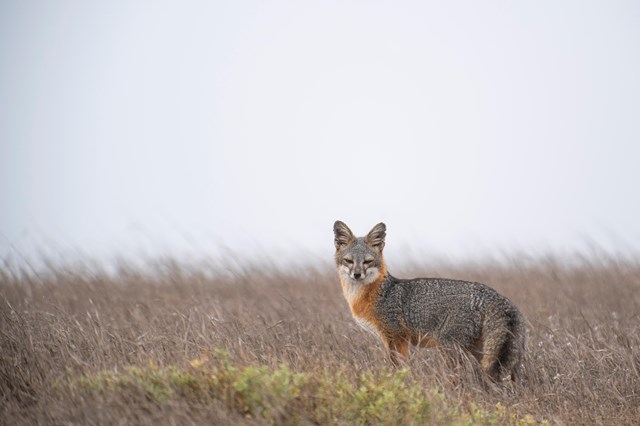
NPS / Michael Ready
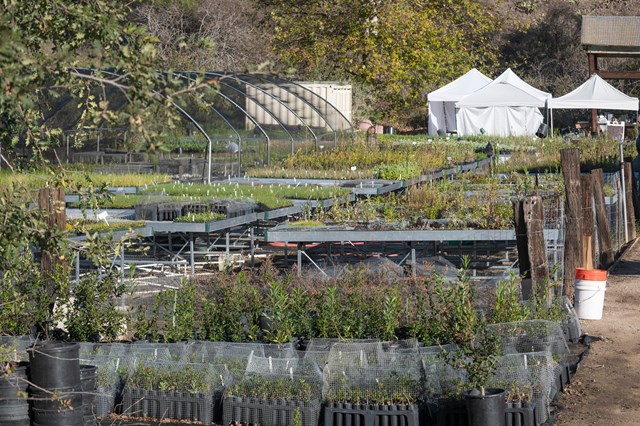
NPS / Michael Ready
BACKGROUND
The mission of Research Learning Centers (RLC) is to increase the effectiveness and communication of science in national parks. In October 2015, the Strategic Framework for National Park Service Research Learning Centers was created to provide a roadmap for all RLC units across the country. That document identifies four strategic goals (i.e. “The Four Pillars”) and provides the foundation for how we can meet the missions of the National Park Service (NPS) and RLCs. The national strategic framework also serves as the basis for this Southern California Research Learning Center (SCRLC) strategic framework.The strategic goals of all RLCs are as follows:
- Promote National Parks as premier places for scientific inquiry.
- Facilitate and promote the use of science to make resource management decisions.
- Improve science literacy by incorporating science into visitor and staff experiences.
- Assess and evaluate RLC activities and adapt as necessary to achieve the vision.
Using these high-level national goals, the SCRLC has defined a set of its own strategic goals in which to further the mission of the NPS and support the three southern California NPS units that collaborate with the SCRLC.
HISTORY
The SCRLC is part of a network of 19 NPS RLCs nationwide, which were established as part of the NPS Natural Resource Challenge Program in 2001. The SCRLC (formerly called the California Mediterranean Research Learning Center and later the Center for Teaching New America) was established in 2002 to facilitate collaborative research and education in Southern California. Specifically, it has a focus on the Mediterranean Ecoregion and the three national parks within it: Cabrillo National Monument (CABR), Channel Islands National Park (CHIS) and Santa Monica Mountains National Recreation Area (SAMO).
Since its inception, the SCRLC has received $225,000 of annual base funds which are administered by SAMO. These funds have been used to support the SCRLC Directors salary and benefits with remaining funds being used to support projects at each of the three park units.
The SCRLC founding charter calls for the three park superintendents to constitute a Board of Directors, with the SCRLC Director serving as an ex officio member of the Board, and decisions to be made through consensus. The charter also calls for a technical committee, consisting of program leads and local scientists, to provide technical assistance and advice.
The SCRLC is a “virtual” center given that there are no dedicated facilities, housing, or laboratories for visiting researchers or SCRLC staff. There are currently no plans to add such facilities nor to add additional SCRLC staff.Additional details on the history of the SCRLC can be found in the previously developed SCRLC Strategic Plan (2010 – 2014).
PURPOSE
The purpose of the Southern California Research Learning Center Strategic Framework is to provide a guide as to how the SCRLC has approached its mission in recent years. If further aims to provide direction as to how the SCRLC will, in collaboration with the three southern California parks, identify scientific priorities and emphasize themes for collaboration.The strategic goals of the SCRLC align with the national goals of all RLCs; however, these goals are more specific to the current needs and objectives of the southern California parks. By creating these SCRLC-specific goals, we can brand the SCRLC and provide a long-term roadmap to success.
MISSION
The mission of the Southern California Research Learning Center is to enhance resource preservation, scientific literacy, and stewardship in the national parks of coastal southern California. The SCRLC achieves this mission by promoting and facilitating research, and by engaging the public through creative storytelling and compelling imagery of our science and natural resources.
VISION
The Southern California Research Learning Center collaborates with our regional partners to facilitate science-based resource management, provide meaningful opportunities for early career scientists and communicate the value of our science and natural resources to the public.
SCRLC STRATEGIC GOALS
The strategic goals of the Southern California Research Learning Center are as follows:
- Support the unique, scientific needs of our three parks in order to bolster NPS ability to use sound science to make natural resource management decisions.
- Communicate the science behind NPS management and conservation actions to the widest range of audiences.
- Provide opportunities for early career professionals to gain experience within the NPS and to use these experiences to help the NPS meet its mission.
- Develop themes that serve as the foundation of the identity of the SCRLC.
SCRLC FRAMEWORK: GOALS, EXAMPLES & DIRECTION
Goal 1 – Facilitating Science
To support the unique, scientific needs of our three National Park units and to bolster NPS ability to make natural resource management decisions based on the best available science.
The SCRLC strives to support research that will provide our managers and partner community with the robust data required to manage the species and habitats under our care. While our three parks share common resources and challenges, each park has unique scientific needs. The SCRLC aims to support those needs at each park while concurrently looking for opportunities to conduct scientific research at a regional scale, which can inform not only individual parks but the region as a whole.

NPS / Michael Ready

NPS / Michael Ready
Examples from past and current projects
- Shaw’s Agave Genetics and Pollinators: The SCRLC has funded genetic analyses of Shaw’s Agave, a rare species, to determine the genetic diversity of the population at CABR. The SCRLC also funded the San Diego Natural History Museum to conduct long-term acoustic bat monitoring in order to detect any potential agave pollinator species that may visit the CABR population Shaw 's Agave (nps.gov).
- Native Bee Community Surveys: Community scientists along with UC-San Diego students, who were primarily from our local communities, have conducted 3 years of native bee surveys at CABR. The effort has documented dozens of native bee species that frequent the native habitat found within the park, including the documentation of a new species The Great Bee Quest (nps.gov).
- Mountain Lions Genetics: The SCRLC has funded genetic analyses of mountain lions, an iconic but threatened species, in the Santa Monica Mountains. Documenting the existing genetic structure of this species is critical in managing their dwindling numbers. This information is especially critical in advance of the completion of the Wallis Annenberg Wildlife Overpass, which is likely to change the genetic structure of the SAMO lion population.
- Digital Herbarium: Equipment used to digitize the existing and growing herbarium collection at SAMO was provided by the SCRLC. The digitized specimens are in the process of being uploaded into the California Consortium of Herbaria where they will be made available to scientists and the public world-wide. The digitization process not only makes these records more widely available, but it also protects the park from losing the specimens to natural disasters or pests.
- Fog Monitoring: Working with interns from the UC-Santa Barbara Smithsonian Scholars Program, the SCRLC installed two new fog harps on Santa Rosa Island, which complement the two recently installed on Santa Cruz Island. Deployment of additional fog harps is planned for SAMO and CABR.
- Pelican Banding: The California Islands are playing a critical role in providing refugia for seabird species that are migrating to more northern habitats in the face of climate change. CHIS has seen a steady influx of species from the Gulf of California, who are in search of new habitat. Brown pelicans, once on the brink of extinction, are now one of the most common avian species found on the Islands and it is critical to understand where these individuals are coming from and how the migration dynamics are changing over the western Pacific. Working with a variety of partners from the region, the SCRLC has provided funding to band pelicans across their range to document this dramatic change.
Future directions
Conservation genetics, increased instrumentation, community science and long-range natural resource planning are SCRLC-supported science themes that have emerged over the past 5 years and will serve as the basis of SCRLC support in the coming years.
Goal 2 – Engaging the Public
To engage and inform the public about the science behind NPS management and conservation actions.
Tim Watkins, National RLC lead, states that the role of RLCs is to ensure that “science is a part of the visitor experience at National Parks”. Using compelling imagery and engaging storytelling, the SCRLC captures the attention of online visitors to our parks. Our stories engage visitors in the interesting and valuable science that takes place in our parks, while instilling the importance of this work in understanding and managing park resources. While it is easy to lose oneself in the grander of our National Parks, it is critical that we remind our visitors that science plays an important role in ensuring that these wonders remain as they are for this and future generations.

NPS / Michael Ready
Examples from past and current projects
- Bio-Diverse-City StoryMap: Learn about SCRLC science-based projects across our three southern California National Parks.
- To Protect and Preserve StoryMap: Learn about restoration of native coastal sage scrub vegetation in three parks from three unique perspectives.
- An Ocean on the Edge StoryMap: Learn about how the NPS is measuring ocean acidification and its impact on intertidal resources across the western United States in this award-winning StoryMap.
- Three Park, Three Stories: In this virtual magazine, learn about how long-term monitoring is supporting our natural resource managers.
- Science Communication Framework: Working with other science communicators in the Pacific West Region, the SCRLC assisted in the creation, publication and presentation of the Pacific West Region Science Communication Framework, which trains park staff and partners in simple yet effective ways of communicating science with park visitors, both in-person and online.
- In-person events: BioBlitzes, public talks and park-based science education programming are just a few ways the SCRLC has engaged the public about the on-the-ground science that is happening in our southern California parks.
Future directions
Online storytelling has proven to be a powerful science communication tool for the SCRLC. Without physical infrastructure to actively engage visitors in-person, using StoryMaps and other digital media platforms allows for the SCRLC to reach the general public and share scientific outcomes that are shaping our natural resource management.
Goal 3 – Opportunities for aspiring Scientists
To provide opportunities for aspiring scientists to gain experience within the NPS and to use these experiences to help the NPS to meet its mission.
Working with collaborators from research institutions is a fundamental function of any RLC looking to address scientific questions in our National Parks and it is common for aspiring scientists to be prominently involved in these projects. Engaging with these groups is a great way for individuals to glimpse what a life in federal service can look like for themselves.

NPS / Michael Ready
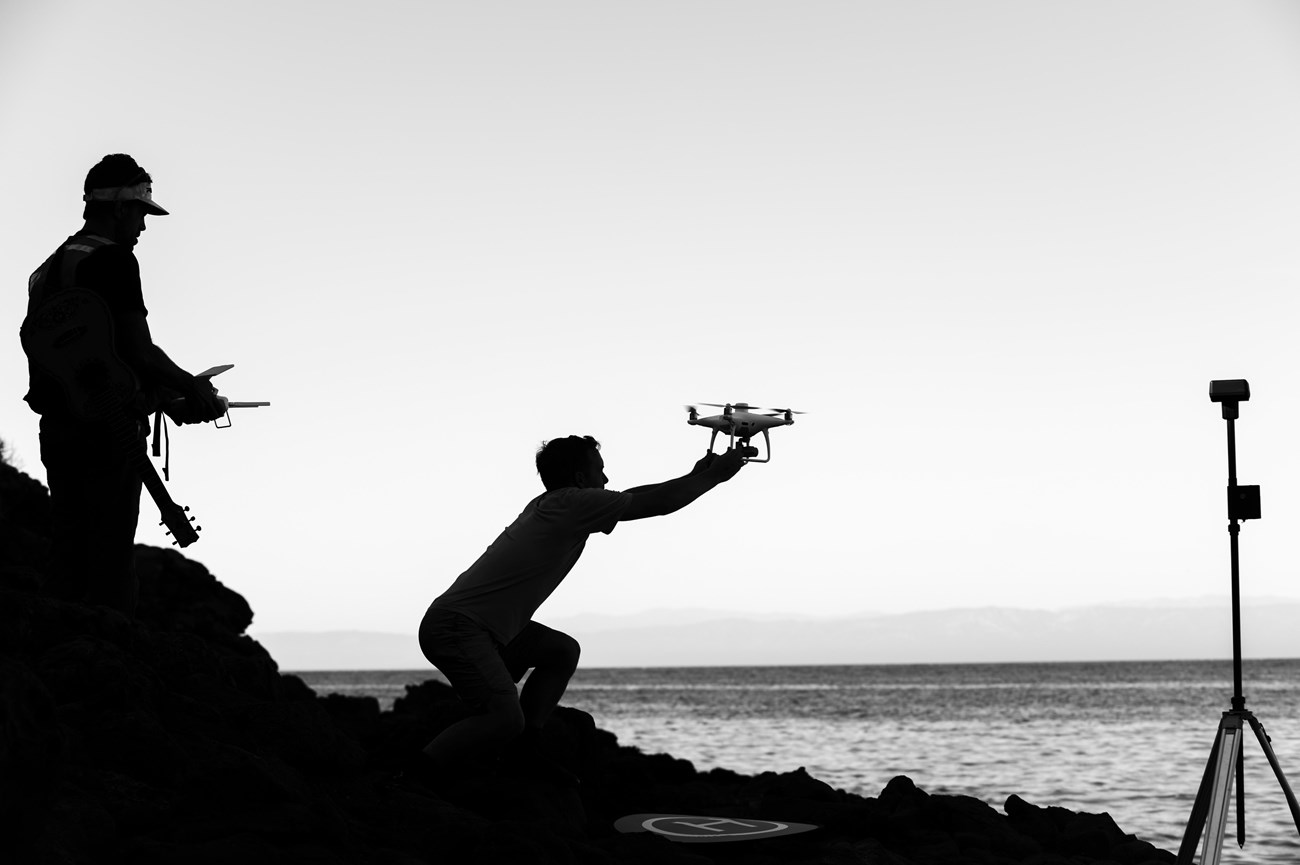
NPS / Michael Ready
By providing opportunities for students and other aspiring professionals to engage in science in our parks, we not only are able to address our scientific needs but we are also providing science-rich opportunities that provide real experiences which can jump start careers. Through internships, Scientist-in-the-Park positions and collaboration with Universities and other research partners, the SCRLC strives to provide meaningful scientific opportunities to community scientists, graduate students, 4-year undergraduates, 2-year students and even High School students that promote stewardship in our National Parks.
Examples from past and current projects
- Scientist-in-the-Parks: The SCRLC has supported multiple Scientist-in-the-Parks positions which have advanced the mission of the NPS and provided young professionals with an opportunity to work within the NPS and work experience to add to their resumes.
- Smithsonian Scholars Program: Working with the Smithsonian Institute and the UC-Santa Barbara Office of Education Partnerships, the SCRLC has supported multiple conservation internship opportunities for students in southern California. The internships have included the construction of fog harps, marine restoration work and data science training.
- SAMO Fund internships: Partnering with SAMO Fund, the SCRLC has provided support for young professionals to assist SAMO biologists in restoration projects, vegetation monitoring and herbarium curation.
Future directions
Many of the science projects supported by the SCRLC require partnerships with our academic, government and non-profit partners. Students and recent graduates make significant contributions towards our scientific objectives. Working with young professionals not only assists the NPS in meeting its mission but it also provides meaningful experience working in the field of conservation and a pathway to the federal workforce. The SCRLC will continue to provide these conservation and science-based opportunities to young professionals across our region.
Goal 4 – Developing an Identity of Community
To develop themes that serve as the foundation of the identity of the SCRLC.
The “four pillars” clearly outline the role of RLCs in achieving the mission of the NPS. However, because RLCs can take on many shapes and have different foci, there can be confusion as to how the RLCs can support the parks they serve. The SCRLC strives to ensure that the function and utility of the program is valued and understood across the three southern California park units, the NPS and our regional partners. By identifying themes of scientific inquiry and conservation, building an identity and a brand through science communication and establishing a strategic vision for the SCRLC, the three parks will have a clear understanding of how the SCRLC can support the unique needs of each unit and the network as a whole, even as our personnel and challenges change over time.
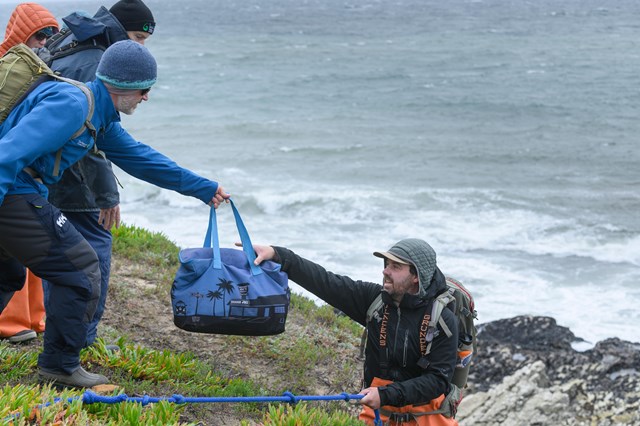
NPS / Michael Ready

NPS / Michael Ready
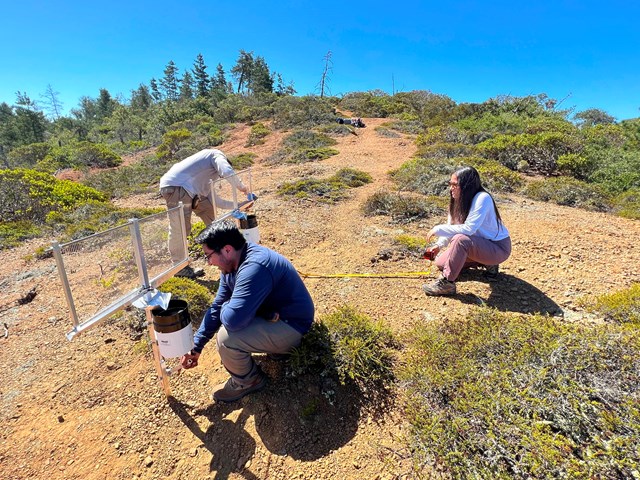
University of California NRS / Cristina Soto-Balderas
Examples from past and current projects
- Conservation genetics: All three parks have benefited from SCRLC supported genetic analyses to improve the understanding of species under our care.
- Instrumentation: Fog monitors, temperature loggers, and climate stations have been deployed across the three southern California parks to complement the long-term biological data our NPS staff and partners have been and continue to collect.
- Science Communication: ESRI StoryMaps, digital magazines and public talks have engaged the public with stories that share our three parks common resources, challenges and opportunities through clever story-telling and compelling visuals.
- Partnerships: Nearly all SCRLC-sponsored projects have required the NPS to leverage partnerships with research institutions (e.g. UC Natural Reserve System), Non-profits (The Nature Conservancy) and other government agencies (The Smithsonian Institute). The SCRLC will continue to build a strong and vast network of partnerships that promote the advancement of science and promote robust resource stewardship in our parks and region.
Future directions
Developing an identity for the SCRLC is important for both the near- and long-term future of the program. Building the identity of the program will help NPS staff understand how the SCRLC can support their projects and meet the mission of the NPS. For our external collaborators, it is important that they understand how the SCRLC can help build bridges to more effective partnerships. In the long-term, establishing the SCRLC identity will help build continuity in programming even when personnel changes. Consistency in support for established SCRLC themes and programs is more likely to lead to sustained success. However, the SCRLC will remain committed to addressing emerging needs and recognize that priorities will change over time and that the ability to adapt is also necessary to achieve long-term success.
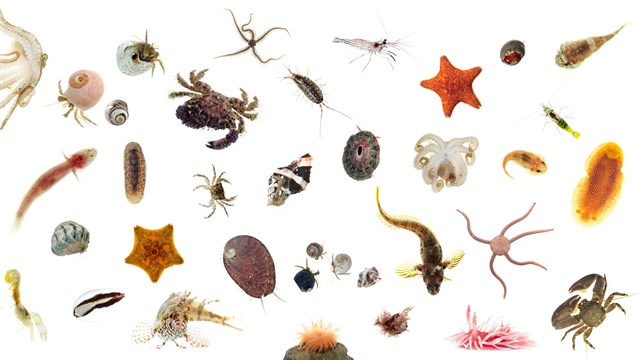
NPS / Michael Ready
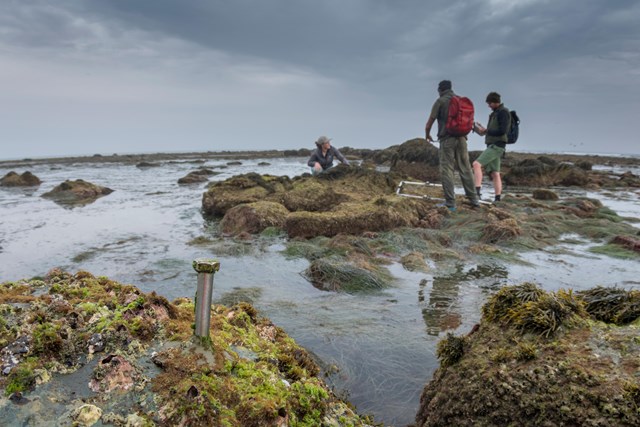
NPS / Michael Ready
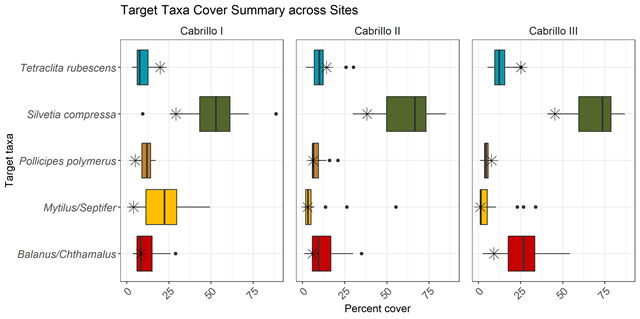
NPS / Lauren Pandori
Last updated: March 6, 2025
